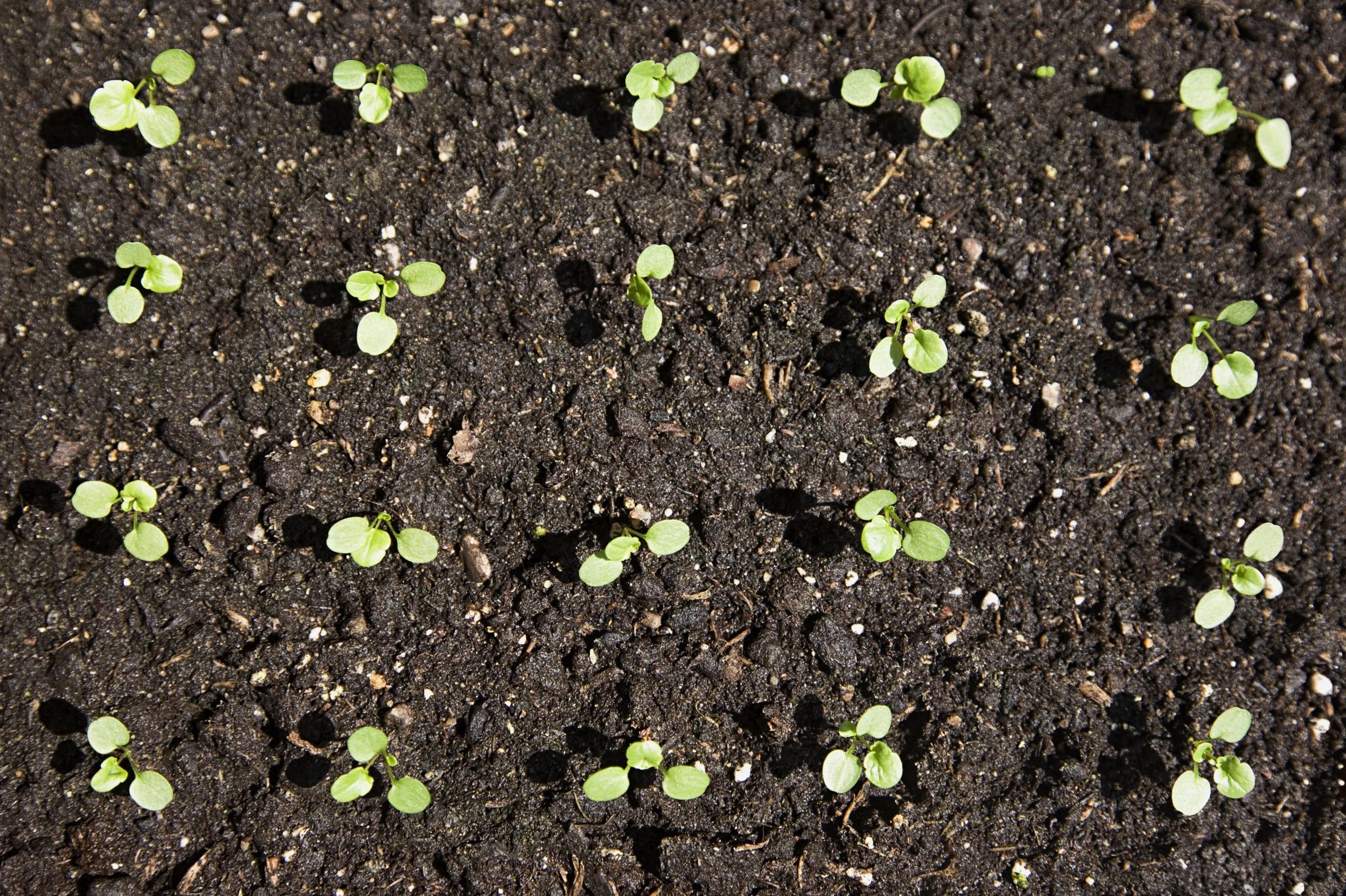Four key factors make up the healthiest garden soil composition. All are essential for thriving, lush gardens.
Our editors and experts handpick every product we feature. We may earn a commission from your purchases.Learn more.


Four key factors make up the healthiest garden soil composition. All are essential for thriving, lush gardens.
Our editors and experts handpick every product we feature. We may earn a commission from your purchases.Learn more.
It was August as I wandered around the beds of my mom’s garden, searching for ingredients. A few potatoes, a sweet little onion, fresh tarragon, sorrel leaves, tiny tomatoes and a habanero pepper made it into my basket.
Before long, my mom and I were talking and laughing as we savored a soup made from what she’d spent all summer creating. This, and many other garden meals we shared, are some of my most cherished memories. And healthy garden soil made it possible.
“Having the right soil is crucial for growing healthy and successful plants,” says Mary Phillips, senior director at Garden for Wildlife. “You can do everything else perfectly, but if you don’t have good soil that contains all of the necessary nutrients, your plants will fail.”
On This Page
What is well drained soil? Four main factors go into healthy garden soil:
“Having healthy soil not only benefits your plants, but also pollinators,” says Phillips. “Bees, birds and butterflies need healthy plants, which start with the soil.”
While plants need an array of nutrients to thrive, three macronutrients are essential for growth:
Other micronutrients that help plants thrive include boron (B), zinc (Zn), manganese (Mn), iron (Fe), copper (Cu), molybdenum and chlorine (Cl).
Most garden plants do well in soils with a pH balance between 6.5 and 7.5, or even up to 8.4 provided the soil has micronutrient levels of iron, zinc, copper and manganese. That’s according to Dr. Tony Provin, a soil chemist and professor at Texas A&M University.
But there are exceptions. Blueberries are acid-loving plants preferring a lower pH, while some legumes need higher than average pH.
“Most plants prefer a slightly acidic soil,” says Em Shipman, executive director of KidsGardening.org. “You can adjust the pH by adding lime to raise the pH, or sulfur to make it more acidic.”
In general, plants thrive in well-draining soil. “This means that the soil is not compacted, which allows for water to flow through,” says Phillips.
Here’s the easiest way to see how well your soil is draining: Dig a 12- to 18-inch wide and equally deep hole. Fill the hole with water and let it drain. Once it’s completely drained, fill it again. Well-draining soil will drop about an inch per hour.
This can also affect your ability to grow plants. Soils are generally defined by groups:
When all three are equally balanced, they make loam soil, which is ideal for most vegetable and flower gardens. It’s varied texture helps it drain well, while retaining moisture and nutrients. Plus, it supports diverse communities of microorganisms, like bacteria and fungi.
However, some plants, especially native plants, evolved in different types of soil and may need more clay-like or sandy soils to thrive.
“Soil textures receives considerable attention,” says Provin. “However, while important, a closer look toward maintaining good soil aggregation is vastly more important than overall soil texture.” Aggregation is the way soil particles bind together, which can be lost from over-tilling.
Have your soil tested, to see what’s there and what’s missing. It can be done professionally, or you can opt for an affordable at-home soil test that checks nutrient and pH levels. Either will give you a good idea of what you’re working with and what you’ll need to amend your soil.
Observing your plants also can tell you a lot. “You will know if your soil is good if there is activity in the garden — earthworms in the soil, pollinators munching away, root systems spreading out, and the easiest sign, your plants are growing,” says Phillips.
Probably. Amend your soil with organic matter like compost and composted manure will make it more loamy and nutrient rich. In addition, Phillips recommends:
When you add compost to your soil, it’s best to wait several weeks to a month before planting. The chemical reactions that happen during that time can hinder plant growth.
Also, Provin says it’s possible to add too much organic matter, leading to excess nutrients, soluble salts and water logging.
Yes. You’re better off shopping at a reputable garden center with expertise in local soil management that sells soils with additives such as beneficial fungi. If you order soil for delivery, ask where it’s coming from. Topsoil that sat around for a while might be lacking in nutrients.